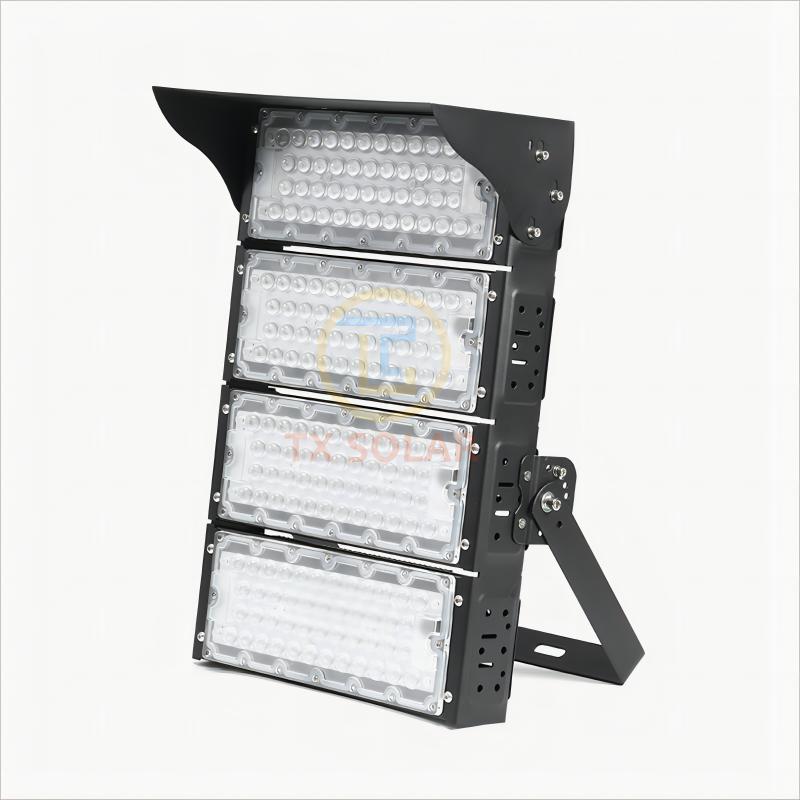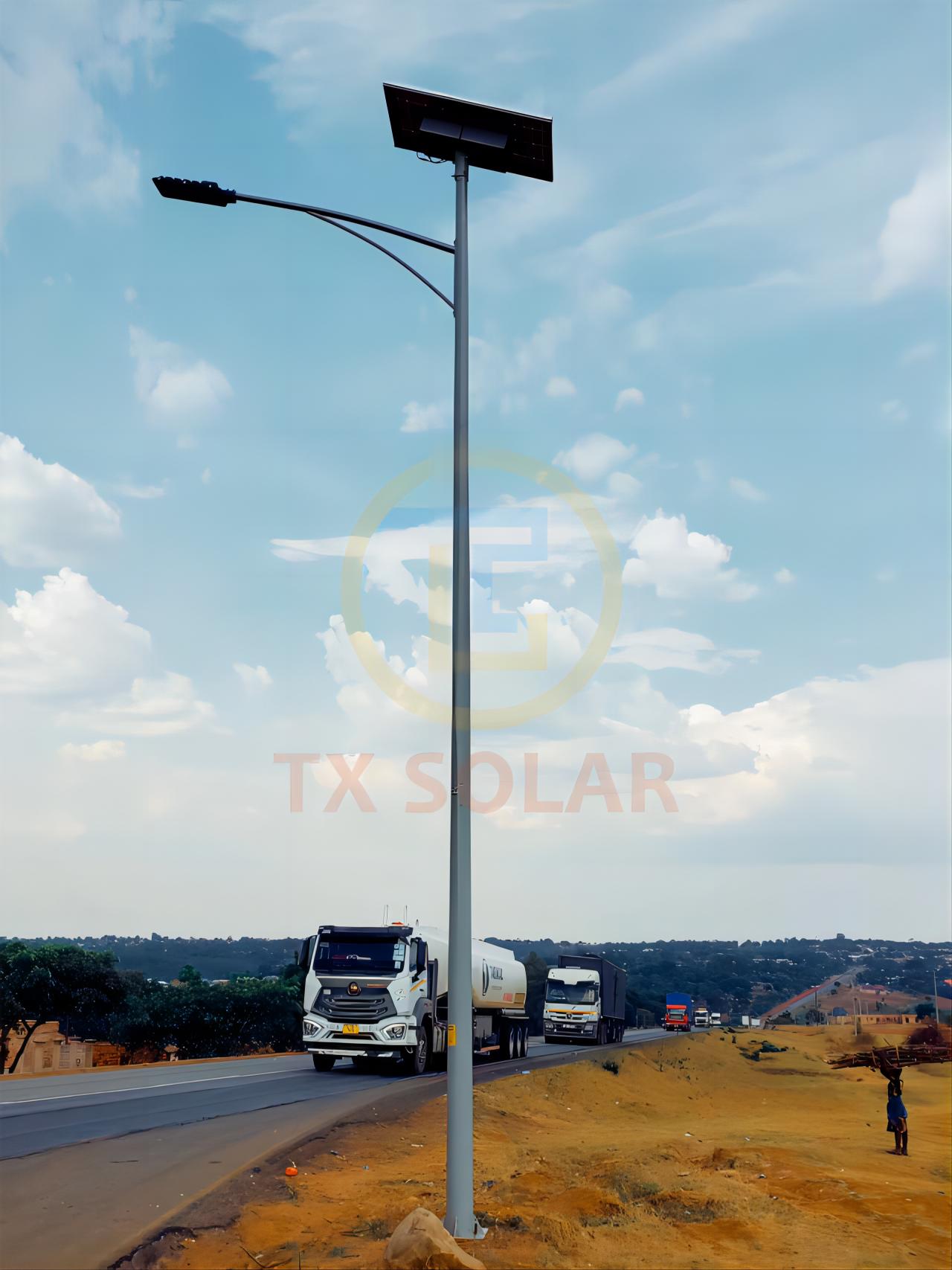When it comes to outdoor lighting, there are a variety of options, each with their own uses. Two popular options are floodlights and street lights. While floodlights and street lights have some similarities, they also have distinct differences that make them suitable for different situations. In this article, we’ll explore the features of floodlights and street lights to help you decide which option is better for your specific needs.
Floodlights are widely known for their powerful lighting capabilities, capable of covering large areas. These lights emit a wide beam of light, dispersing it evenly throughout the space they are aimed at. Floodlights are often used to illuminate large outdoor areas such as sports stadiums, car parks and outdoor venues. Their ability to provide bright and wide coverage makes them particularly useful in security applications. Floodlights can effectively deter potential intruders and enhance visibility of your surroundings at night.
Street lights, on the other hand, are specifically designed to illuminate roads and public spaces. Their main purpose is to ensure the safety of pedestrians, cyclists and drivers by providing adequate lighting. Street lights are usually mounted on light poles and evenly distributed along both sides of the road. They emit a directed and focused beam, minimizing light pollution and ensuring the light is focused on the desired area. Street lights are equipped with reflectors that direct light down the road, preventing glare and directing light where it is needed most.
One major difference between floodlights and street lights is the level of illumination they provide. Floodlights are known for their high-intensity illumination, which is necessary for illuminating large outdoor areas. Street lights, on the other hand, are designed to provide balanced and even lighting levels, ensuring safety and visibility on the road without causing discomfort or glare. The illumination provided by street lights is usually measured in lumens per square meter, while floodlights are usually measured in lumens per unit.
Another significant difference between these two types of lighting is their power consumption. Floodlights generally require more energy to produce the high-intensity lighting they provide. This higher power consumption means increased electricity costs. Streetlights, on the other hand, are designed with energy efficiency in mind. Many street lights now use LED technology, which consumes less energy while providing the same effective lighting levels. This makes street lights more environmentally friendly and cost-effective in the long run.
Maintenance is another important aspect to consider when comparing floodlights and street lights. Because floodlights are exposed to outdoor elements such as rain, wind, and dust, they often require regular maintenance. Because of its high lighting intensity and high location, it is more susceptible to damage. Street lights, on the other hand, are usually constructed to withstand harsh weather conditions and require less maintenance. This is especially beneficial in areas where regular maintenance may be challenging or costly.
To sum up, floodlights and street lights have their own features. Floodlights are better suited for illuminating large outdoor areas and providing high-intensity lighting, making them ideal for security purposes. Street lights, on the other hand, are specifically designed to illuminate roads and public spaces, providing a balanced and directional beam for enhanced safety. When choosing between floodlights and street lights, the specific requirements of the area that needs to be illuminated must be considered. Ultimately, the decision will depend on factors such as area size, required lighting levels, power consumption, and maintenance considerations.
If you are interested in outdoor lighting, welcome to contact TIANXIANG to get a quote.
Post time: Nov-29-2023


